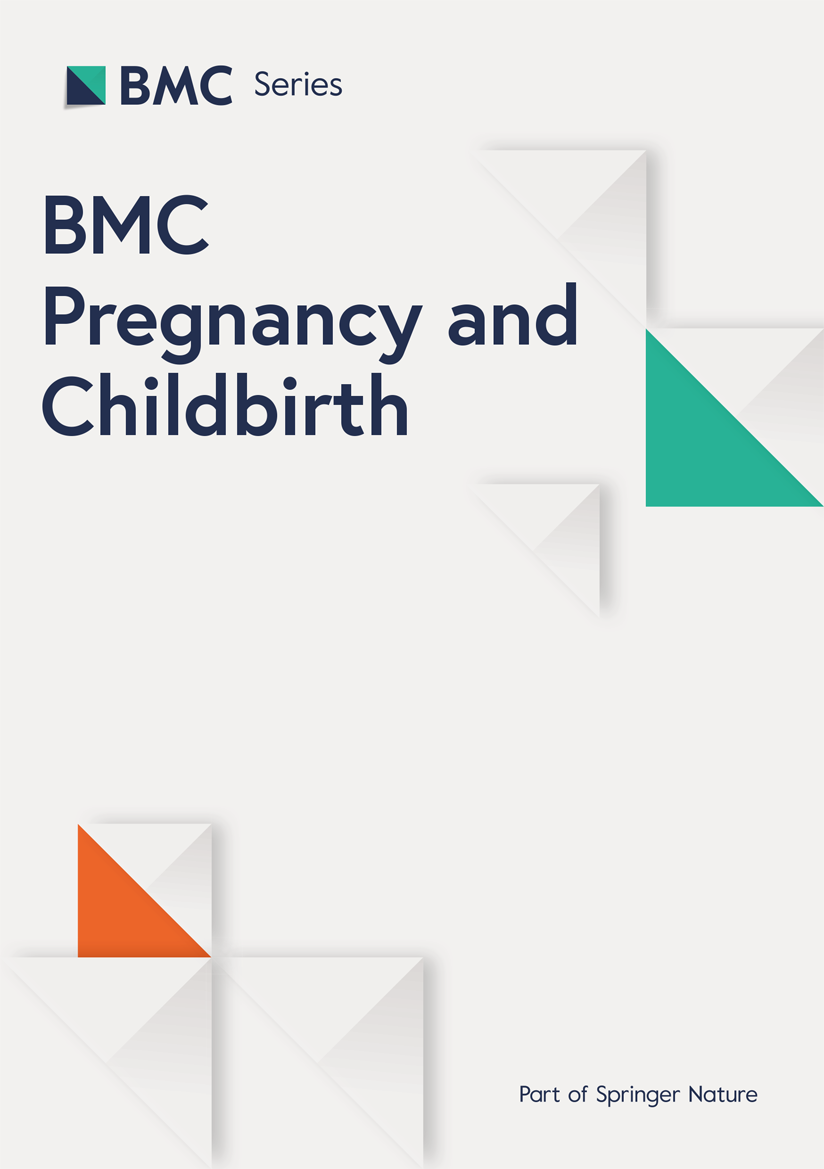Preeclampsia remains a leading cause of maternal and perinatal morbidity and mortality worldwide, and its multifactorial etiology continues to challenge early prediction strategies. In recent years, hematologic inflammatory markers derived from complete blood counts have garnered interest as accessible and cost-effective tools for identifying women at risk. In our study, several first-trimester inflammatory indices—including NLR, SII, SIRI, and AISI—were found to be significantly lower in the preeclampsia group compared to healthy controls. Notably, the lymphocyte-to-monocyte ratio (LMR) demonstrated the highest discriminatory capacity among the indices examined (AUC: 0.625), although overall predictive performance was modest.
A retrospective case-control study conducted at a tertiary center in Türkiye involving 236 pregnant women evaluated platelet indices and inflammation markers in the context of preeclampsia. The study reported that platelet distribution width (PDW) levels were significantly elevated in both mild and severe preeclampsia cases, and a PDW threshold above 13.15 was predictive of adverse neonatal outcomes (AUC: 0.633). While our study did not include PDW in the analysis, the moderate predictive value reported in that study aligns with the diagnostic limitations observed in our findings, where even the best-performing index (LMR) showed only modest discriminatory capacity (AUC: 0.625). Together, these results underscore the ongoing need for more robust biomarkers or composite scoring systems to enhance early prediction of preeclampsia [8].
A retrospective case-control study conducted in Türkiye in 2023 examined the predictive value of first-trimester hemogram parameters and platelet indices for preeclampsia. The study included 290 pregnant women—145 with preeclampsia and 145 normotensive controls—and found that platelet distribution width (PDW) and mean platelet volume (MPV) were significantly elevated in the preeclampsia group. These findings suggest that platelet activation may play an early role in the pathogenesis of the disease. While our study did not assess platelet-specific indices beyond PLR, both studies share the aim of identifying cost-effective, early biomarkers from routine blood tests. However, our findings emphasize reduced inflammatory indices in the preeclampsia group, whereas theirs focus on elevated platelet-based markers. This contrast underscores the need for integrative biomarker models that encompass both inflammatory and thrombocytic pathways to enhance early prediction [9].
In a large retrospective cohort study from Türkiye, Özkan et al. assessed the predictive value of first-trimester inflammatory indices—specifically SII, SIRI, and AISI—in 435 pregnant women. They reported significantly higher values of SIRI and AISI in women who developed preeclampsia, with AISI showing the strongest association. These findings contrast with our study, in which all three indices were significantly lower in the preeclampsia group. Although these markers were statistically significant in univariate analysis, none retained predictive power in multivariate regression or ROC analysis. This discrepancy may be attributed to differences in population characteristics, clinical definitions, or the impact of unidentified confounding variables. It also underscores the need for cautious interpretation of hematologic markers when used in isolation [10].
A cross-sectional study conducted in China established gestational age-specific reference ranges for key inflammatory indices, including NLR, PLR, LMR, and SII, in a cohort of healthy pregnant women. Their findings revealed that even in uncomplicated pregnancies, markers such as NLR and SII exhibited higher median values than those reported in our study population. This observation emphasizes that baseline inflammatory activity may differ significantly across ethnic and geographic populations. Moreover, it suggests that low levels of certain indices, such as SII and NLR in our preeclampsia group, do not necessarily indicate the absence of pathology, but may instead reflect variations in immunological adaptation or regulatory mechanisms during early pregnancy. These differences underscore the necessity of population-specific reference ranges and caution against universal application of biomarker cut-off values [11].
A case-control study conducted in a tertiary hospital in Türkiye in 2023 evaluated the predictive role of first-trimester eosinophil counts and eosinophil-derived hematological indices in the development of preeclampsia. The study included 171 pregnant women (75 with preeclampsia and 96 healthy controls). It demonstrated that decreased eosinophil counts and related indices were significantly associated with preeclampsia, suggesting that these markers may serve as accessible early predictors of the disease. Similar to our study, this research emphasized the utility of routine hematologic parameters in early gestation for risk prediction. However, while that study focused specifically on eosinophil-related markers, our investigation assessed a broader set of inflammation-based indices, including NLR, PLR, SII, and LMR. Notably, although both studies support the early predictive potential of CBC-based markers, our findings revealed limited predictive strength for most indices, with only LMR showing moderate discriminative capacity (AUC: 0.625). These differences may be attributed to the distinct cell types evaluated or population-specific characteristics [12].
Finally, Özkan et al. (2024) also investigated these indices in a case-control study on HELLP syndrome, a severe variant of preeclampsia, in Türkiye. They found significantly elevated values for SII, SIRI, and AISI in patients with HELLP compared to controls. While our study excluded HELLP cases, the stark elevation in these markers in severe hypertensive states underscores the severity-dependent nature of systemic inflammation in pregnancy complications and supports the pathophysiological basis for using such indices [13].
In summary, the literature consistently demonstrates a link between elevated inflammatory markers and preeclampsia, particularly in its severe forms and later stages of pregnancy. Our study contributes to this body of knowledge by highlighting the potential for suppressed inflammatory activity in early pregnancy among women who develop preeclampsia. These findings underscore the importance of longitudinal studies to capture the dynamic changes in inflammatory markers throughout gestation and their implications for early diagnosis and management of preeclampsia.
This study has several limitations. First, its retrospective design may introduce selection and information biases. Second, although patients with known inflammatory or chronic conditions were excluded, subclinical inflammation could not be ruled out. Third, the study did not stratify patients into early- and late-onset preeclampsia, which may represent distinct clinical entities. Lastly, the predictive power of the evaluated indices was limited in multivariate and ROC analyses, suggesting that these markers should be interpreted in conjunction with other clinical factors.
